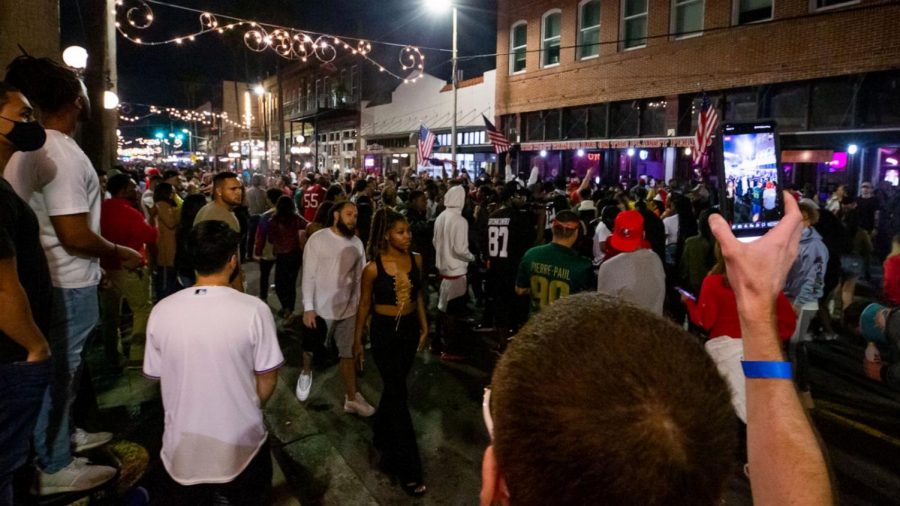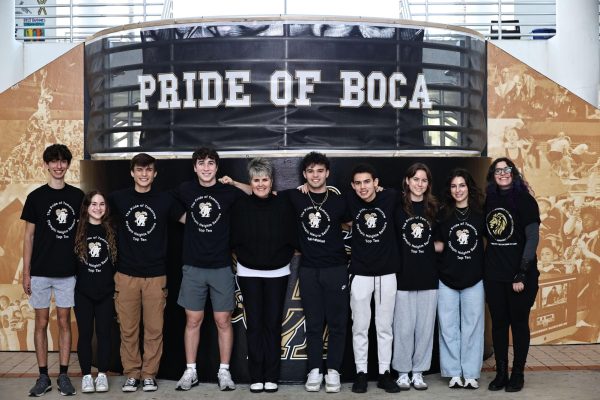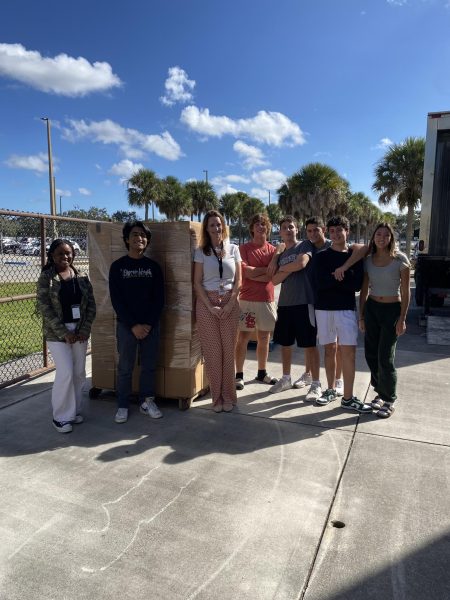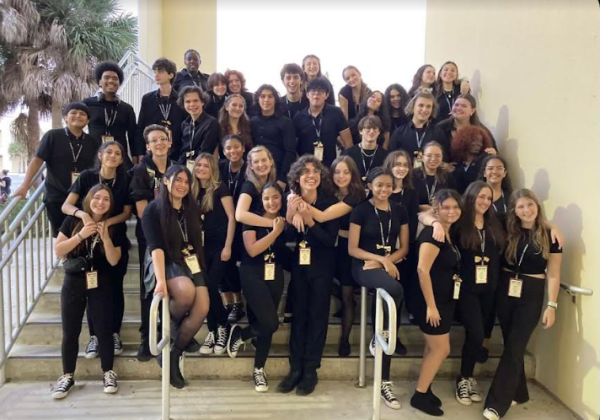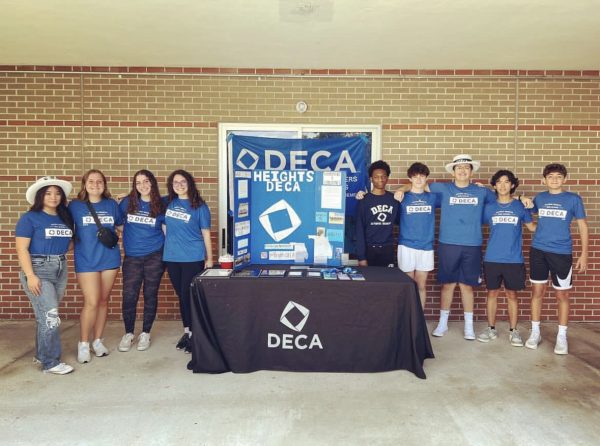Superspreader events, such as the Super Bowl, and holiday family gatherings increase COVID-19 risk
Large crowds gathered in Tampa’s Ybor City district on Super Bowl eve, ignoring all safety protocols.
Even though the game itself didn’t live up to the hype, Super Bowl LV did help to continue an alarming trend; the popularity of “superspreader” events. America was treated to images of numerous Super Bowl watch parties in Tampa and across the nation where those in attendance were eschewing any semblance of social distancing and mask-wearing.
It seems as if just when the U.S. is about to turn the corner and get a bit ahead of the curve on the COVID-19 infection rate, an event such as the Super Bowl or a holiday comes along that results in many people throwing all safety protocols out the window. Case in point: The 2020 winter holiday season.
A significant spike in COVID-19 cases occurred the weeks following winter break, with an average of about 200,000 new cases each day but at times exceeding 300,000 a day. A similar increase occurred after Thanksgiving break wherein cases spiked to about 150,000 cases each day. Over December and early January, the U.S. experienced its highest numbers of cases since the start of the pandemic. The surge was due to people traveling, gathering with family and friends, and going to high-risk places such as restaurants, bars, and parties.
At a large percentage of these gatherings and get-togethers, guidelines were not adhered to. The increased exposure contributed to the rise in cases because even if someone unknowingly had the coronavirus, they were spreading the virus.
The age groups that consist of the most people who could be asymptomatic carriers are from 0 to 5 and 14 to 24. The 14 to 24 age group consists of high school and college students. This group tends to be less cautious due to their lower risks of contracting the virus and showing serious symptoms. As a result, the 14 to 24 age group tends to be more likely to go to parties, large gatherings, and public places while ignoring safety protocols.
The holiday season didn’t help since students had more free time because of no school, , college students returning home, and celebrating the holidays with family and friends. And while the members of this age group may not be at risk, they were putting older family members at serious risk if they were attending family functions while unknowingly carrying the virus.
There have been numerous reports from colleges and universities across the nation that students are blatantly and willfully ignoring all COVID-19 safety protocols. The “I don’t care” attitude expressed by many of the students is indicative of the attitude we saw last weekend at Super Bowl related events. The disturbing aspect is the risk this selfish attitude poses to others.
While appearing to wane for brief periods of time, COVID-19 is still ravaging the nation. Infectious disease scientists continue to warn us that the disease will never be brought under control until everyone recognizes it as the serious threat it is. The question is: will that time ever come?


